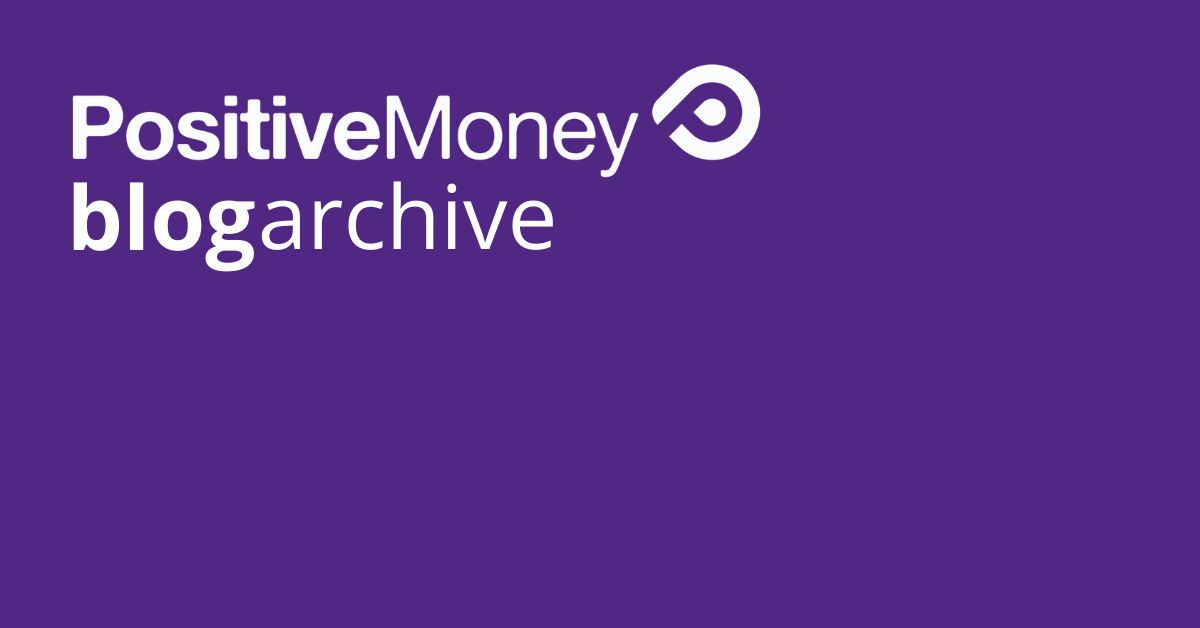£45bn Subsidy for Too-Big-To-Fail Banks

According to The Independent, 8th September 2011:
Britain’s biggest banks benefited from an implicit subsidy worth nearly £45bn last year because they are too big too fail, according to new figures published ahead of the final Vickers Commission report on banking reform next week.
Building on previous research from the Bank of England, the New Economics Foundation (NEF) think-tank said the biggest banks were able to borrow money at lower interest rates because of the implicit understanding “that the Government will step in” if they fall into trouble.
This advantage was worth a total of nearly �£45bn for Barclays, Royal Bank of Scotland, Lloyds and HSBC, according to the NEF’s calculations. Although lower than during the credit crunch, the NEF said the size of the combined subsidy underscored the case for reform, adding that the Vickers Commission’s interim report did not go far enough in addressing the advantage.
And what do they do with this money?
Note that these are exactly the same banks – The Royal Bank of Scotland, Lloyds TSB, Barclays and HSBC – that have all provided funding to the makers of cluster bombs – a weapons system that is inherently indiscriminate and routinely maims or kills civilians, as we reported earlier.
…and unfortunately that’s not all!
The Independent doesn’t mention another subsidy that banks receive every year: the subsidy that the banks receive thanks to their effective licence to ‘print’ money by issuing brand-new purchasing power in the form of loans.
Believe it or not, it is a fact that the commercial banks have this special privilege – not with paper money (since 1844 when it was made illegal for them), but with digital.
When the Bank of England’s Issue Department creates new £5 or £10 notes, the profit is paid over to the Treasury (the profit being the difference between the cost of printing the physical notes and the face value of the note itself). In the 2009 financial year, this profit was £2.2 billion, meaning that £2.2 billion less had to be collected through taxation, saving the average voter £48 in that year.
However, cash makes up a continually declining proportion of the money supply. When banks create money, they – and not the government – receive the profits (profit in this case being the interest that can be charged on that money every year from then on).
Consequently, by allowing private banks to issue the nation’s ‘digital’ money supply, the government is losing hundreds of billions every decade. Specifically, in the 1990s, the government missed out on £398 billion, while in the last decade the government missed out on £1.2 trillion.
Logically, if the profits of printing bank notes mean that the public has to pay less tax, then by handing responsibility for creating digital money to private sector, the government is imposing a huge tax burden on the public, in order to effectively subsidise the banks. The £1.2 trillion created by the banks between 2000 and 2009 represents not only £1.2 trillion of extra debt piled up on the public, but also £1.2 trillion of taxes that would not have been necessary had the government created this money itself. This represents around £27,000 of unnecessary taxes per member of the electorate over the last decade.
…and that’s still not all: there are still unnecessary costs on paying off the national debt, inflation, wasted opportunities due to economic instability… all the consequences of present destructive flawed debt-based money system.